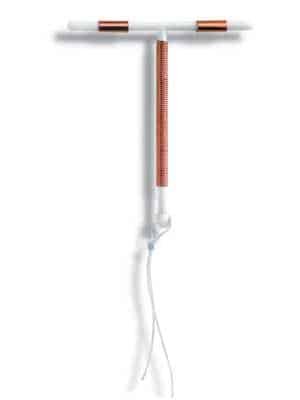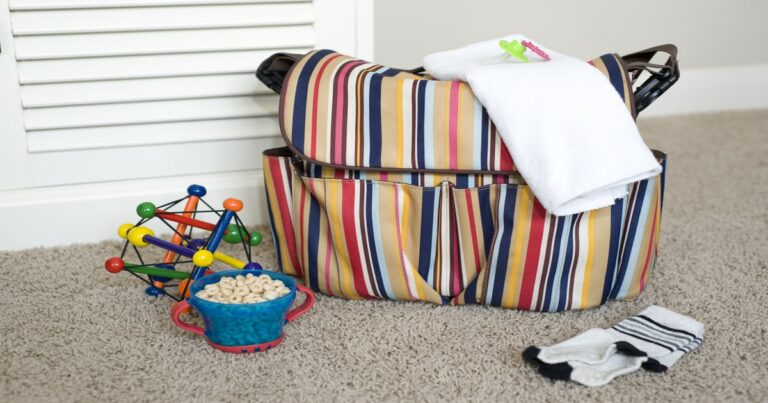Swabbing C-Section Babies Unnecessary and Potentially Unsafe, According to Study
If you had a c-section, you may be familiar with the practice of “vaginal seeding”. The thinking behind the practice makes some sense. C-section babies miss out on some of the beneficial microbiota that is present in the birth canal. So, the theory goes, by swabbing the baby with gauze covered in the mother’s vaginal fluids, the baby gets exposed to that good bacteria. It’s becoming increasingly popular, despite there not being a whole lot of science to back it up. However, a new study suggests that not only is vaginal seeding unnecessary, it can be potentially harmful.
Swabbing c-section babies with their mother’s vaginal fluids is thought to help transfer the good bacteria to the newborn.
The microbiota babies are exposed to in the vaginal canal is believed to boost gut bacteria. That boost may reduce the risk of things like obesity and allergies.
C-section babies are at a greater risk of developing asthma, allergies, autoimmune disorders, and obesity later in life. The differences in the bacteria they’re exposed to was thought to account for some of the increased risk. But researchers now believe that the increased risk isn’t caused by missing out on those microbiota. Rather, they believe that antibiotics administered during a c-section may be the cause. Maternal age, maternal obesity, and how long the baby was breastfed may also be contributing factors.
Lisa Stinson completed this analysis at the Division of Obstetrics and Gynecology, The University of Western Australia. She says, “After reviewing the scientific evidence, we find no support for the ‘bacterial baptism’ hypothesis. While we know that cesarean delivery impacts the infant microbiome, it’s very unlikely these differences are caused by a lack of exposure to vaginal microbes at birth.”
Vaginal seeding is a fairly new phenomenon. But mothers may be doing it without realizing that it can be unsafe and harmful.
Stinson explains, “My research involves working with a lot of mothers who are delivering by C-section and some mothers show an interest in vaginal seeding after reading about it on the internet. Understandably, they want to give their babies the best start in life and on the surface this practice makes sense.”
She continues, “But there are certain risks, such as unintentionally transferring dangerous bacteria or viruses to the newborn, so we wanted to find out if these risks were justified.”
To come to her conclusion, Stinson reviewed research detailing the bacterial populations associated with newborns.
What she found was surprising. “If passage through the vagina seeded babies with vaginal bacteria, we would expect to find these bacteria in babies born this way, but this is not the case. Microbes thrown out of balance in babies born by C-section are very similar to those thrown off balance in babies born to mothers receiving antibiotics but delivering vaginally. It is likely that routine antibiotic administration given to mothers delivering by C-section is a major underlying problem,” explains Stinson.
We’re still learning so much about how crucial that good bacteria is to our long-term health.
But before you decide on something like vaginal seeding, it’s a good idea to know if it’s beneficial at all, or if it could put your baby at risk.
(Image: iStock/mvaligursky)






